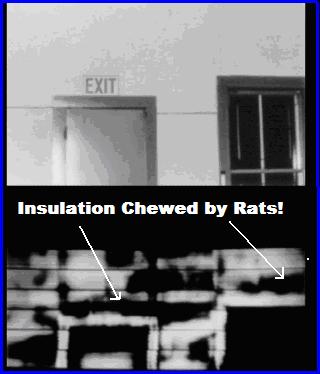Not matter how good the construction of your home is when it’s initially built, you’ll find that leaks will eventually start to appear after approx 10yrs.
If water has crept into your walls over time, you may find it’s soaked into the timber framework causing potential structural integrity problems, mould and rot. These leaks need to be found and sealed before you begin to dry out the wet wall in the area affected (In some cases you may need to pull the drywall down to find the leak)
What are common ways for water to get into your walls?
Rain, wind blown rain, plumbing and piping leaks, flooding, damp or moist air, kitchen/bathroom/laundry/shower floods.
The most common of the above is rain. Rain can find its way in through cladding, windows, window joinery, parapets and balcony penetrations.
If you don’t detect these leaks and get them dried out, you could soon have a home full of fungi. Fungi can spread 1.7 meters per year through your timberwork if not dried out!
How to dry out wet walls:
There are several ways to dry out a wet wall, such as forced air movement in the wall cavity with a fan, using dehumidifiers and drilling small holes in the wall to let air circulate etc, but if the leak appears to be substantial, then it’s best to be certain the wall is dry, therefore pulling down a small area of the wall could be your best chance at doing the job properly! Here’s why….
1) Insulation can take up to 10 years to dry out, so fan forced air simply won’t do the trick if water has penetrated the insulation. Taking down the wall in the wet area will allow you to visually inspect the insulation damage if any.
2) The leak may have been slowly damaging your timber framework long before the problem become visual to you, therefore the timber could be rotted altogether in the area. Again, using fan forced air would not detect this.
3) You may find the source of the leak! If you can get a proper look at what’s going on behind the wall, you may be able to track the leak to the source and fix the issue once and for all!
If you haven’t had a moisture check on your home recently, give us a call and we can scan your walls with our infared camera. Don’t wait until you can see the leak, otherwise it may cost you big $$$ into the future.







